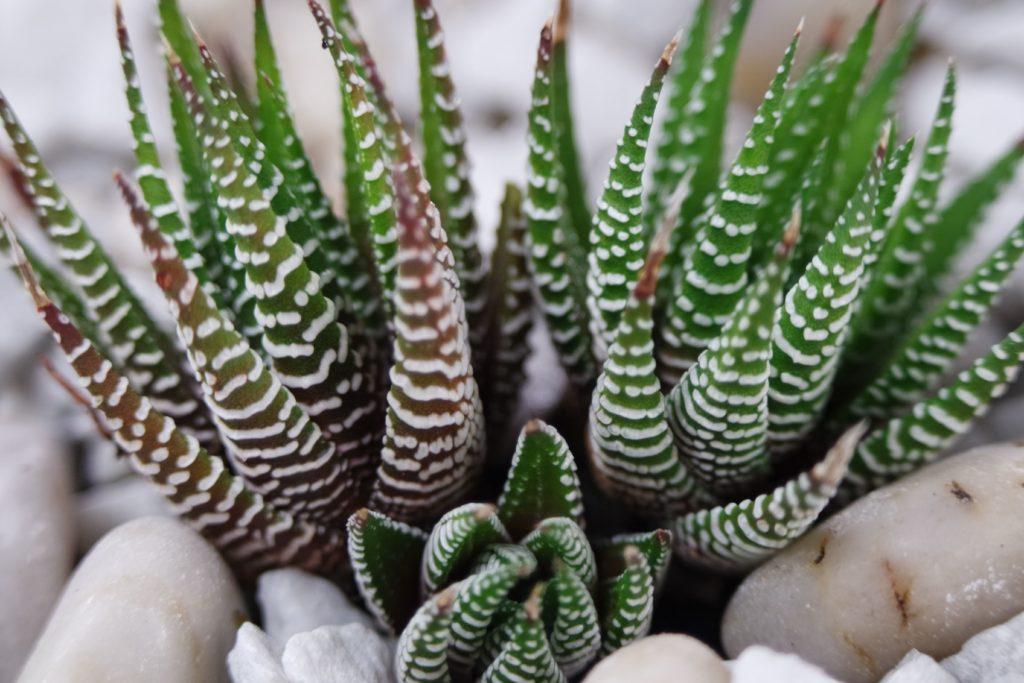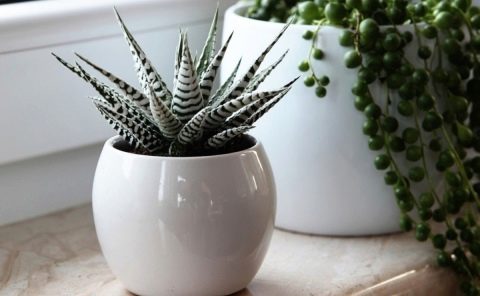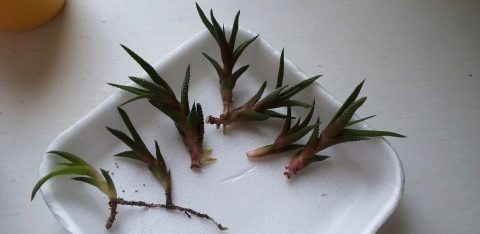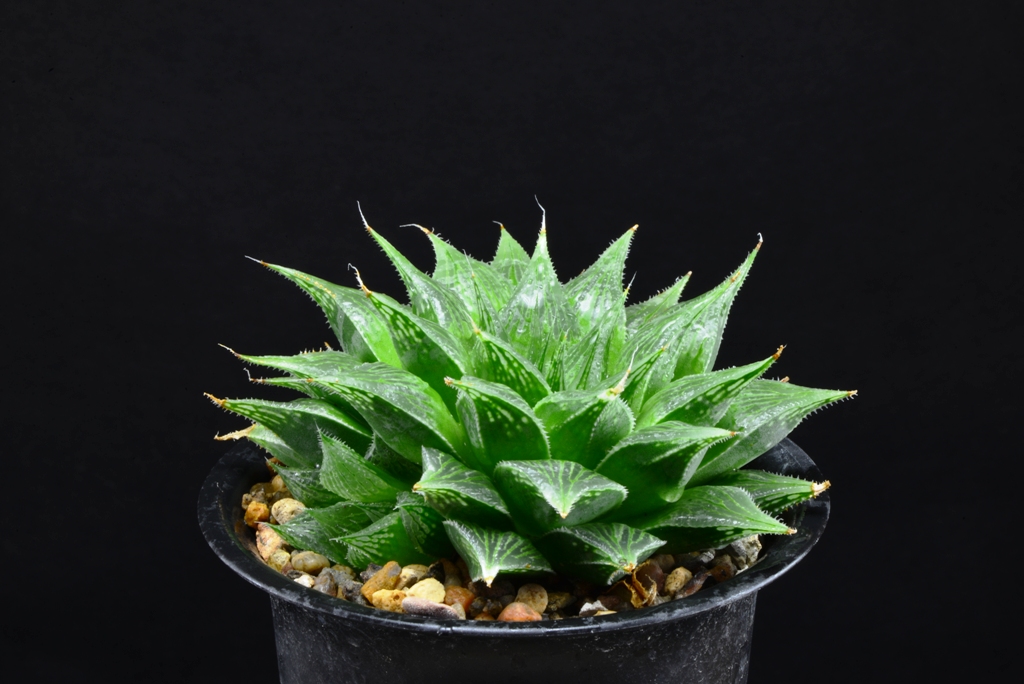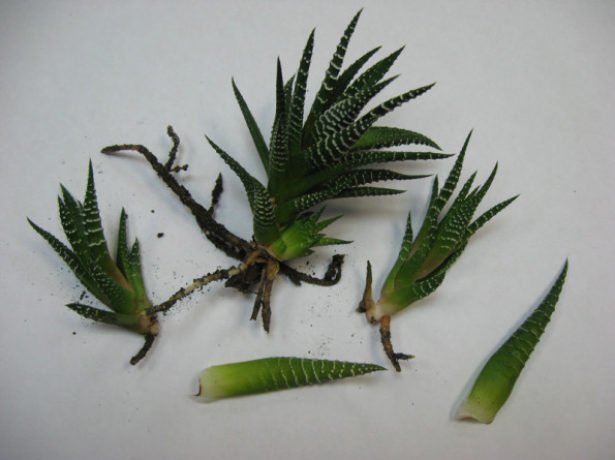Description of the origin and appearance of pakhira
Pakhira is a representative of the Bombax family and a close relative of the baobab. It grows in tropical regions of Africa, India, as well as in South and Central America. The climate in the habitats of the plant is very changeable - drought replaces high humidity. This abrupt change in climate affected the ability of pakhira to accumulate moisture for future use.
Under natural conditions, pakhira grows up to 20 m in height. In indoor cultivation, its growth is limited to 2 - 3 m. If the area of the plant is limited, its growth can be well controlled by pruning young shoots in time.

Under natural conditions, pakhira grows into a mighty tree
The thickening at the bottom of the stem, making the pachira look like a bottle, is a characteristic feature of the plant. A special cavity accumulates liquid, which is necessary during the dry period. Because of this feature, the pakhira was nicknamed the bottle tree.
Leaves are palmate-compound, leathery, located on long petioles and colored green. Very similar to chestnut leaves. Due to their shape, pakhira is often called Malabar or Guiana chestnut.

Pakhira is called Malabar chestnut because of the similarity of plant leaves.
Pakhira blooms only in nature, sometimes in a greenhouse. The flowers are very beautiful, large, up to 35 cm in diameter. The inflorescence resembles a panicle. At home, achieving flowering is an impossible task.

You can admire the flowering of pakhira only in natural conditions.
In place of the faded inflorescence, fruits appear - oval-shaped berries of olive color, up to 25 cm in length. The seeds are quite edible, they are eaten raw and fried.

Each fruit contains up to 25 seeds
Home care requires certain knowledge and skills. But this does not mean at all that a novice florist will not be able to cope with the cultivation of pakhira.

Caring for pakhira at home is not difficult at all
Varieties suitable for indoor floriculture
The genus of pakhira includes 45 species. But not all of them are grown in indoor floriculture.
Pakhira water (aquatic). This is the only species that can be successfully kept in an apartment. It can grow up to 3 m in height, the volume of the crown is 1.5 m in diameter. Grows slowly at home. The leaves have a glossy finish. Over time, they form a dense crown. A cultivated plant does not bloom at home.
Pakhira is silvery. It is very similar to water pakhira, but its distinctive feature is the silvery stripes on the green foliage.
Pakhira is round-leaved. It is extremely rare in culture. Its feature is long shoots covered with round leaves. It is used as an ampelous plant for decorating offices, shop windows.

Pakhira aquatic is the only species that grows at home
Conditions of maintenance and care in apartment conditions
Haworthia is an ideal plant for growing at home. It is miniature and unpretentious. Succulents are notable for the fact that even without flowering they are a wonderful interior decoration.

Sinuous
The homeland of Haworthia is Africa, a hot country with long daylight hours, so the plant loves temperatures no lower than 20 ° C, bright and diffused sunlight. It will grow in the shade too, but may change the color of the foliage. The humidity level of the air does not really matter. In winter, the temperature is lowered down to 5 ° C.
Important! Constant exposure to direct sunlight can cause plant burns, especially if moisture accumulates in the Haworthia outlet. The plant needs a moderate amount of moisture.
It is not recommended to spray the top of the succulent, but if dirt or dust accumulates, it can be wiped off with a damp cloth or cotton pad
The plant needs a moderate amount of moisture. It is not recommended to spray the top of the succulent, but if dirt or dust accumulates, it can be wiped off with a damp cloth or cotton pad.
The frequency of watering this type of succulent depends on the period of the year:
- in the summer - twice a week;
- in autumn and spring - every three weeks;
- in winter - every five weeks.
As a top dressing, a weak solution of fertilizers intended for succulents or cacti, mixed with water for irrigation, is used. Hawortia is fed only in the warm season - from spring to mid-autumn.

Haworthia sticky
Selection of soil and pot
The soil for the succulent should be loose, so the plant can get the required amount of water without the danger of overflow. In a gardening store, you can buy ready-made soil, which includes leaf soil, turf, humus, sand and baking powder - broken brick, expanded clay or coal.
Note! Many succulent lovers choose a rectangular pot for haworthia. However, professional gardeners advise using only round containers, since the roots of the plant can rot in the corners of the pot.
Transfer
Every third spring, Haworthia is transplanted into a new pot, which should be several centimeters wider than the previous one (but not deeper).
Step-by-step transplant process:
- The pot is filled with a layer of drainage and soil. It is better to use flat and wide containers with a pallet as a pot.
- The flower is removed from the old pot and placed in a new pot. The damaged areas of the roots found during transplantation are cut off.
- Before and after transplanting, the plant should not be watered for several days. So it can take root better.
Important! Haworthia does not need regular pruning. This procedure is performed solely for decorative purposes.

Scaphoid
Views
Disagreements have arisen among scholars in the final count of the Haworthia species, and they range from 60 to 600 pcs.
All types of Haworthia are divided into three groups:
With tough leaves
The leaves are triangular, green in color. Some specimens have white or similar growths to the plant. This group includes:
Haworthia pearl. From dense fleshy leaves, up to 8 cm long, -2.5 wide, a rosette is assembled, resembling an open flower of dark green color. The stem is missing. The outer and inner sides of the leaves are strewn with random growths, as if white pearls are scattered. The tip is elongated with spikes.

See the bloom of Haworthia in May-June. The flowers are green, small on a long peduncle and are of no decorative value. Haworthia pearl is not demanding at home.
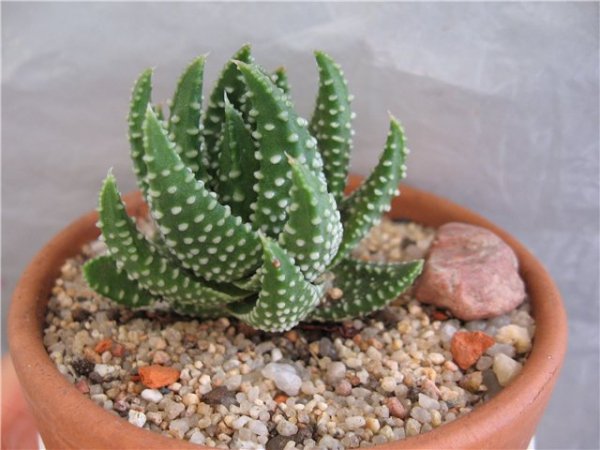
Likes to be outdoors in the summer. In August, the flower should be brought home. Haworthia pearl or pearl-bearing at this time passes into a dormant stage. Propagated in three ways: leaf, daughter shoots, seeds.
Video: home care for Haworthia pearl.
- Haworthia drawn. The shape of the leaves is elongated, green in color. Small beads are showered on warts from all sides. The flower tolerates drought perfectly and underfilling is more favorable for it than overflow. Loves soil with a neutral reaction, tolerates well saline soils.
- Haworthia is sticky. The flower stretches up to 20 cm, like a skyscraper of a house, folded from triangular leaves one above the other. Prefers partial shade, in nature it grows in cracks in rocks and can withstand direct sunlight. Propagated in bunches.

Haworthia is striped. Outwardly, it looks like an aloe. Differs in the presence of warts. Flower outgrowths are located only on the lower side. The plant is compact, 15 cm in diameter, loves light windowsills. In the absence of light, growths disappear, and decorativeness is lost.In indoor conditions, the dormant period begins in October and lasts until February.

Haworthia Reinwardt. Triangular leaves, slightly curved inward, form a high rosette up to 15 cm, like a braided braid. The underside of the petals is framed by white growths. During the flowering of Haworthia, tassels with yellow-green flowers appear.
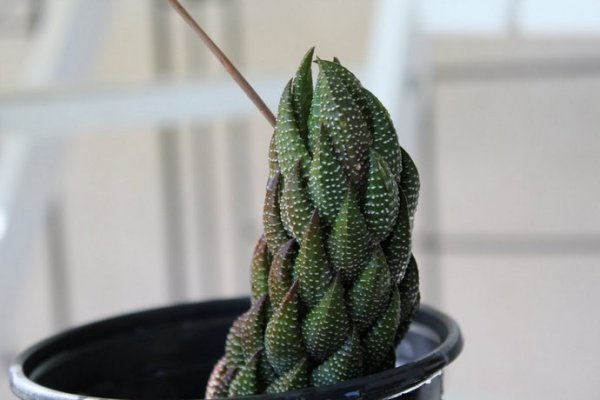
Herbaceous
A stemless rosette is formed by juicy, soft leaves with cilia. Among them are:
Haworthia is herbaceous. A dwarf plant with a miniature rosette size - 5 cm in diameter. The color ranges from green to brown.

Haworthia spiderweb. A dwarf flower with long cilia.

Haworthia net. The originality of the plant in color, which goes from yellow to green. On the surface of the leaves, patterns are formed in the form of nets.
Window
The uniqueness of the group is manifested in transparent leaves, like crystal ones. The light zone can be at the ends of the leaves and near the base.
Leaves deeply sinking into the ground play the role of illumination at the base of the outlet. The shape is different: ovoid, cylindrical, triangular. Color - emerald, terracotta.
This group includes:
Haworthia Maugani. The cylindrical shape of the leaves gathers the rosette into a bunch. There is a pattern - all leaves are of the same length.

Haworthia trunkata or chopped off. The plant is no more than 8 cm in diameter. A feature of the flower is its short, irregularly shaped leaves with transparent ends. They are arranged in two rows. Their length is the same and it seems that they were cut off obliquely.
During flowering, it throws out a long peduncle. At the top of the head, the inflorescences are collected in a brush. Breeders use Hawortia trunkata for the formation and cultivation of new varieties and hybrids. The trunkata derivative is very different in characteristics: the shape of the windows, the rosette, the presence of a pattern on the window, multi-colored leaves. The new works and the parent are united by the slowness of growth.

Reproduction
Haworthia reproduces in three different ways.
Children. Children who have taken root are separated during transplantation and planted in a separate container with a moist substrate.
Hawortia is also propagated using leaves.
First, they are cut off or carefully broken off and given a couple of days to dry out. Then planted in a moist substrate
The leaves will take root for about a month and during this period the plant should not be watered.
The most difficult method is seed propagation and is mainly of interest to breeders. Reproduction is done in the spring and is combined with a transplant. Do not make a greenhouse for the plant, otherwise it will die.

